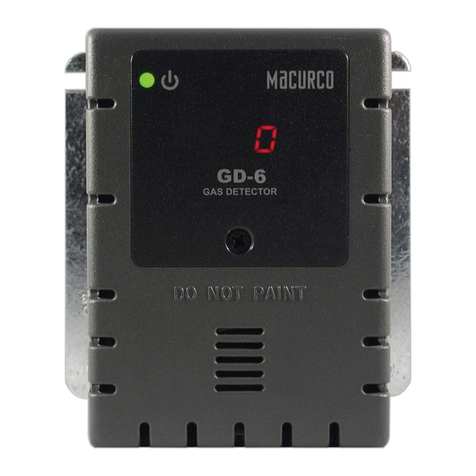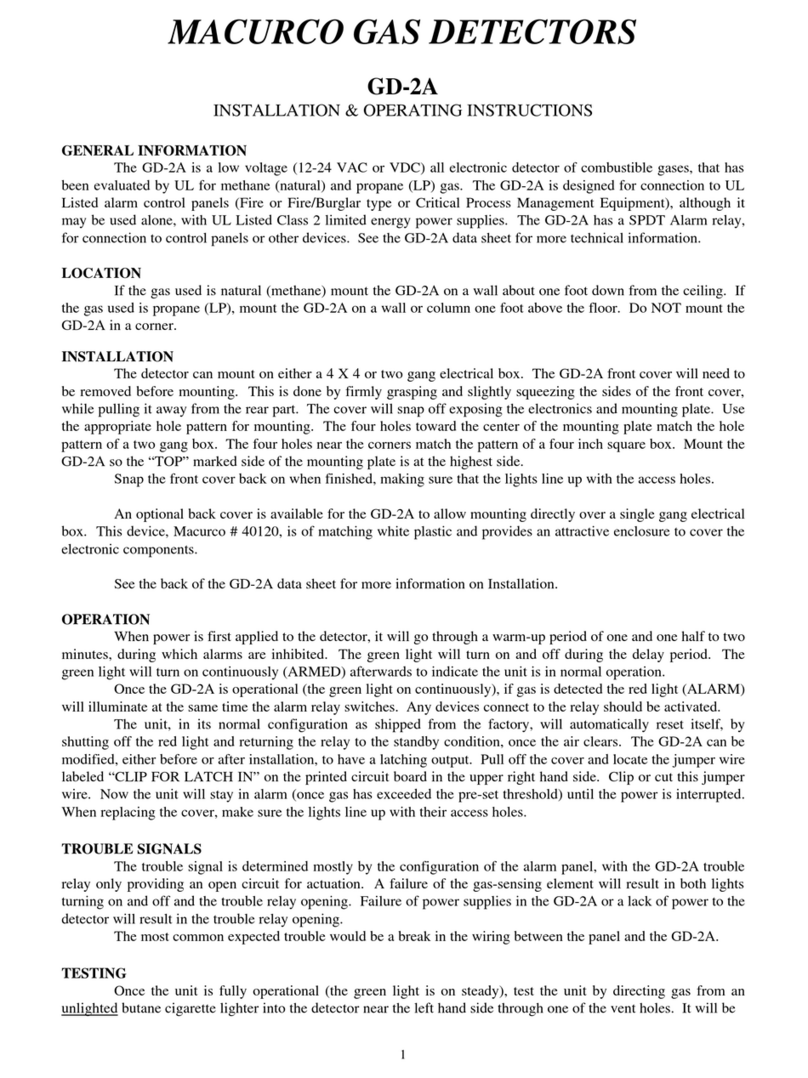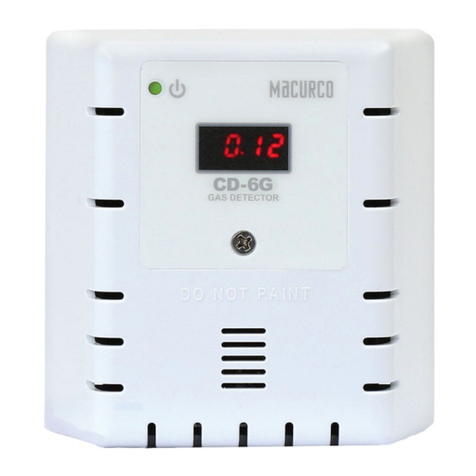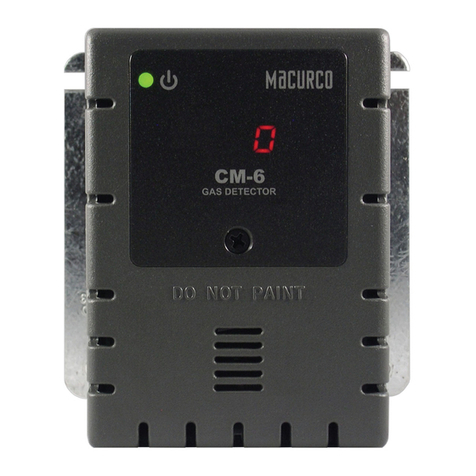Macurco 6 Series User guide
Other Macurco Security Sensor manuals
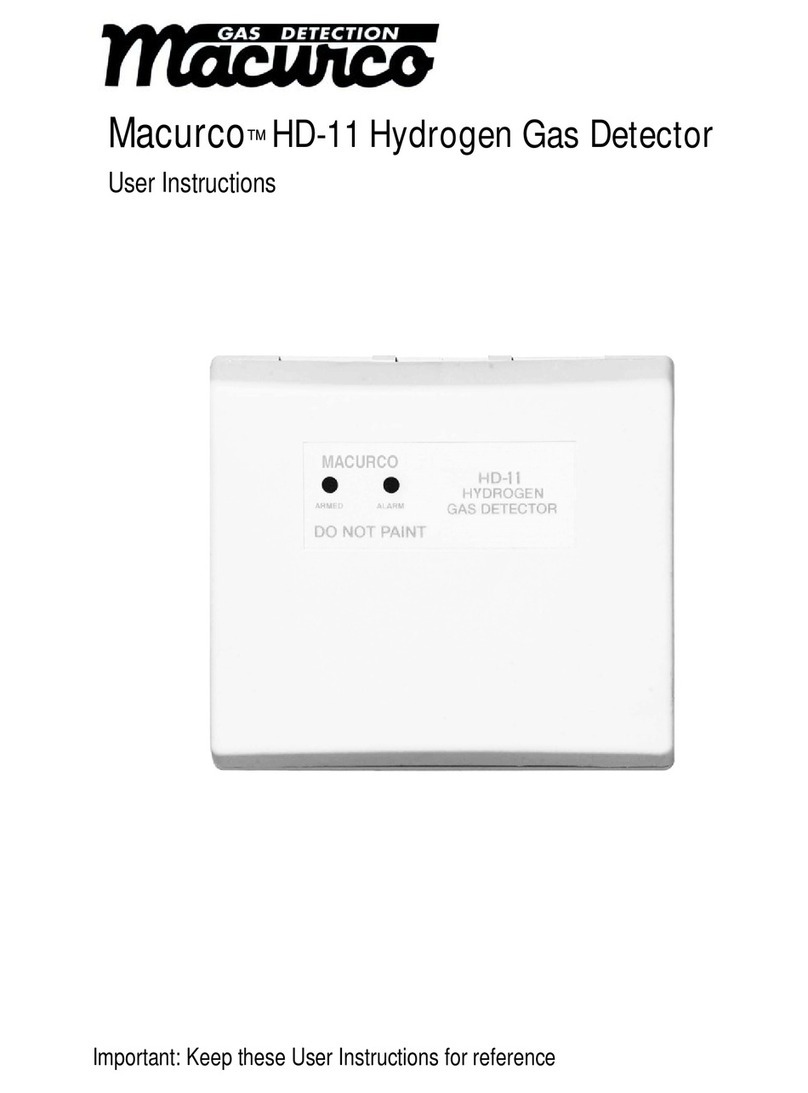
Macurco
Macurco HD-11 User manual
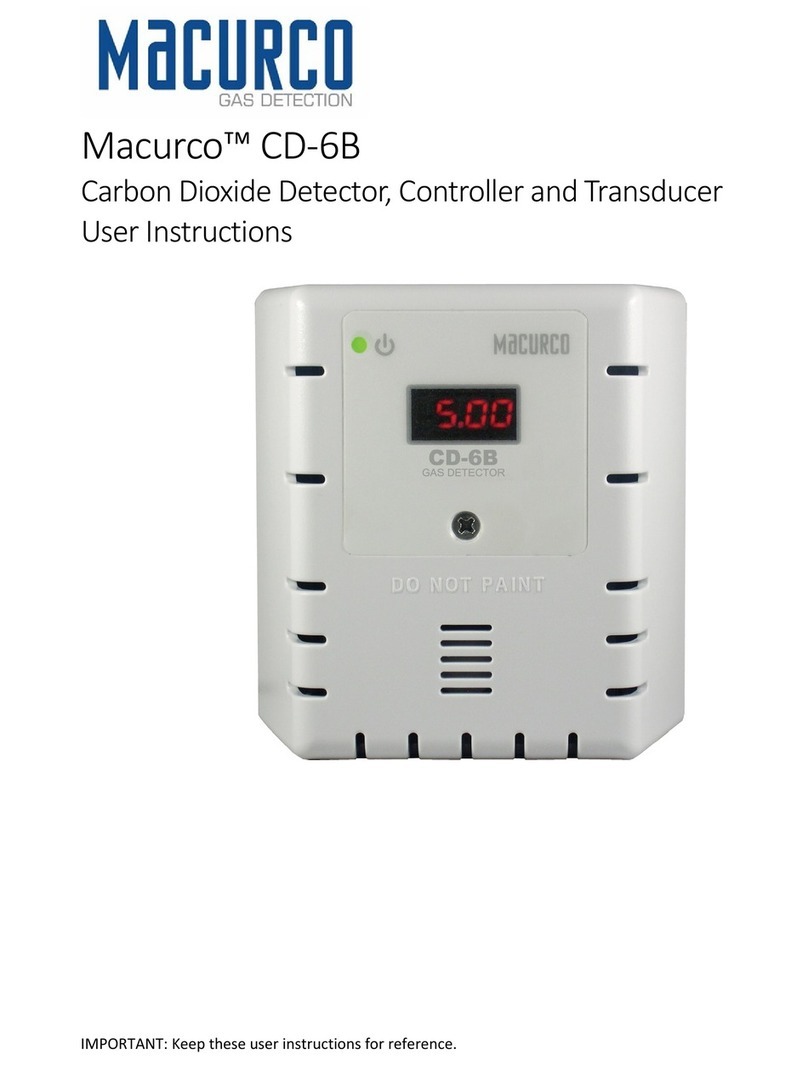
Macurco
Macurco CD-6B User manual
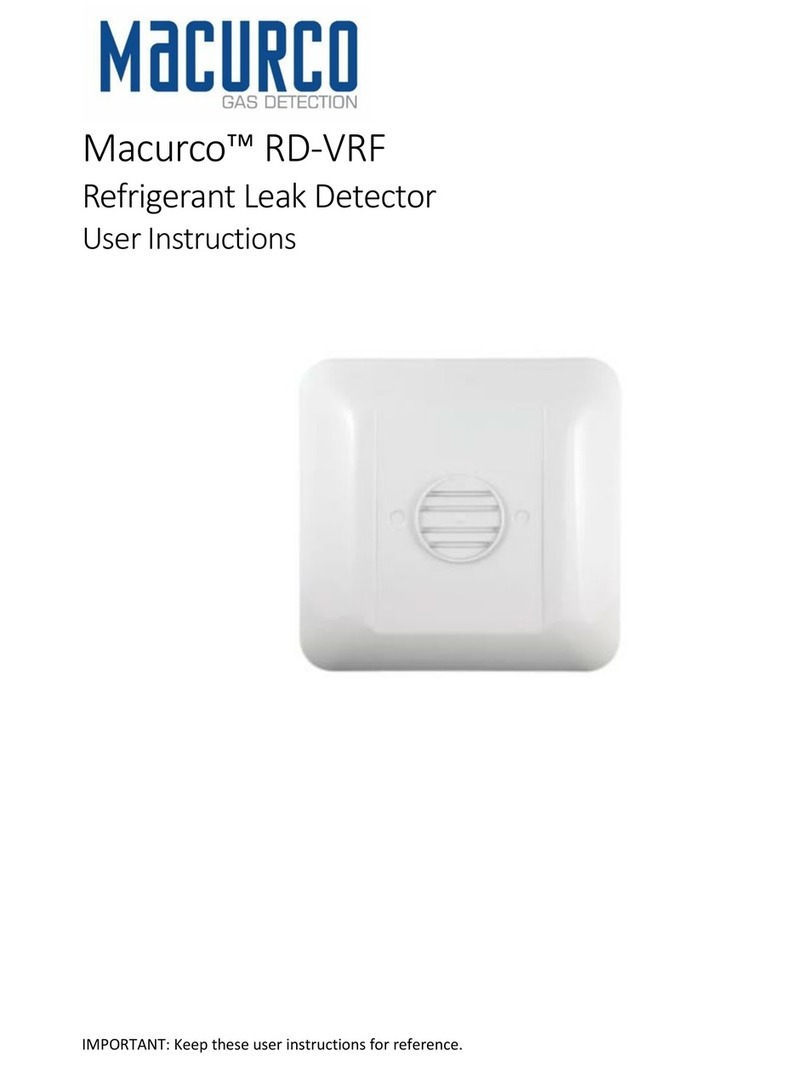
Macurco
Macurco RD-VRF User manual
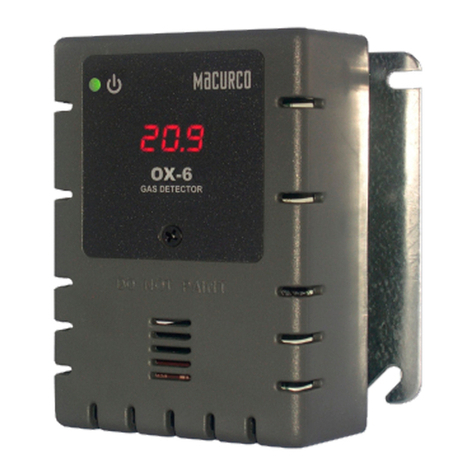
Macurco
Macurco OX-6 User manual
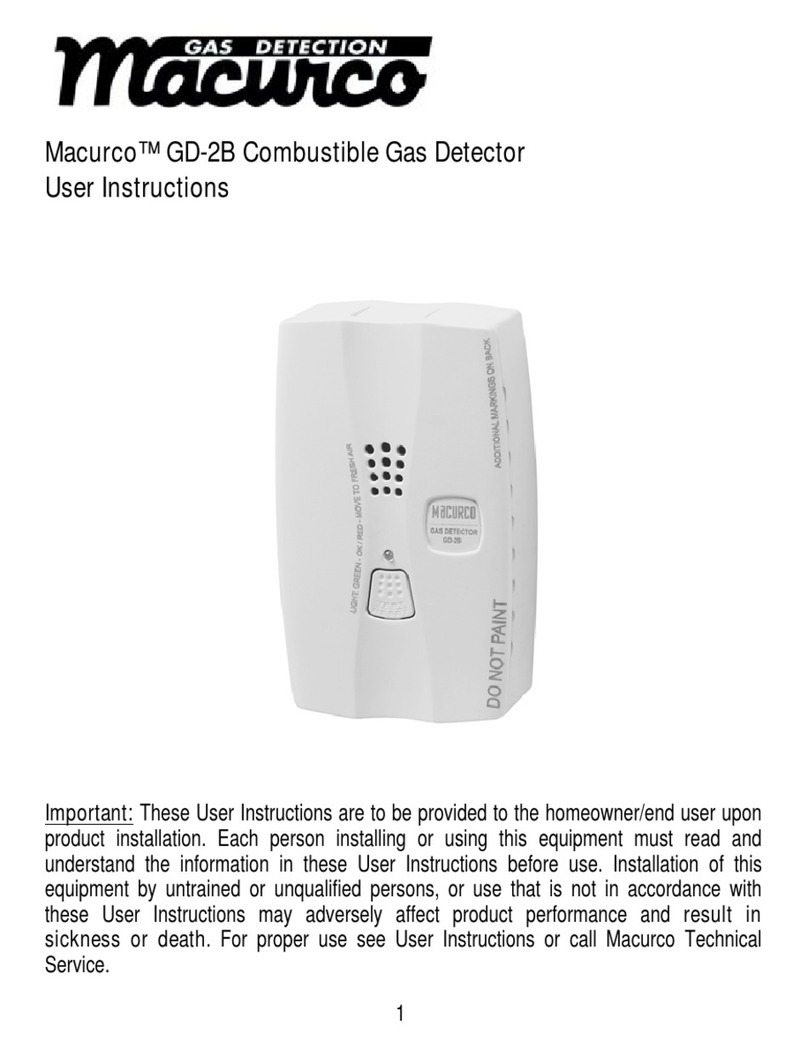
Macurco
Macurco GD-2B User manual
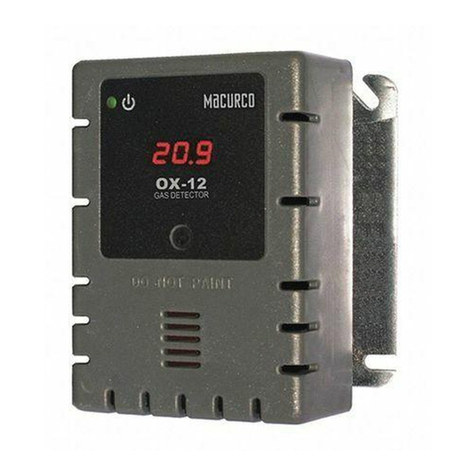
Macurco
Macurco OX-12 User manual

Macurco
Macurco RD-6 User manual
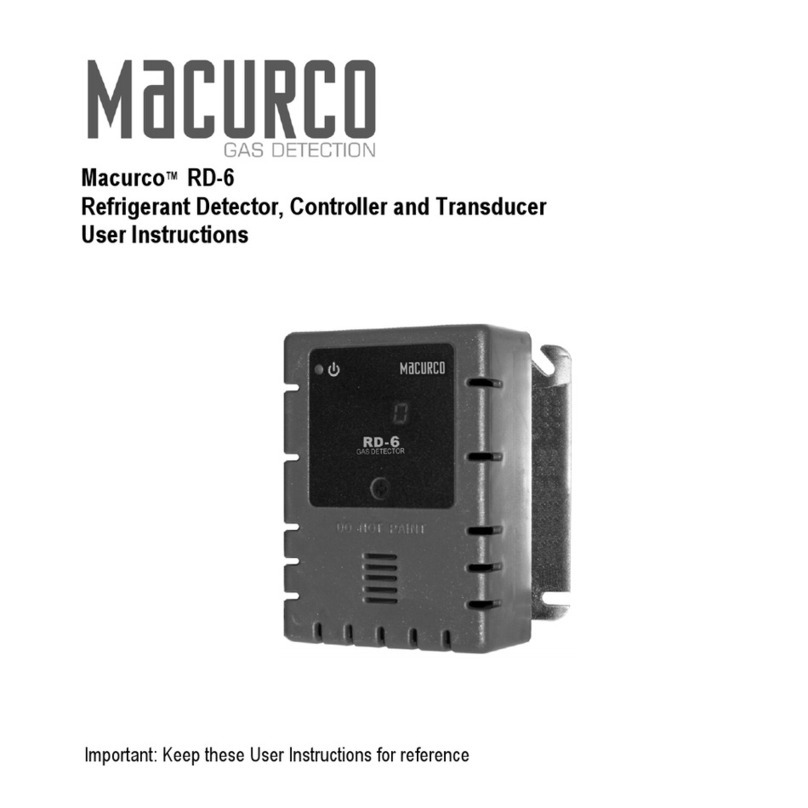
Macurco
Macurco RD-6 User manual
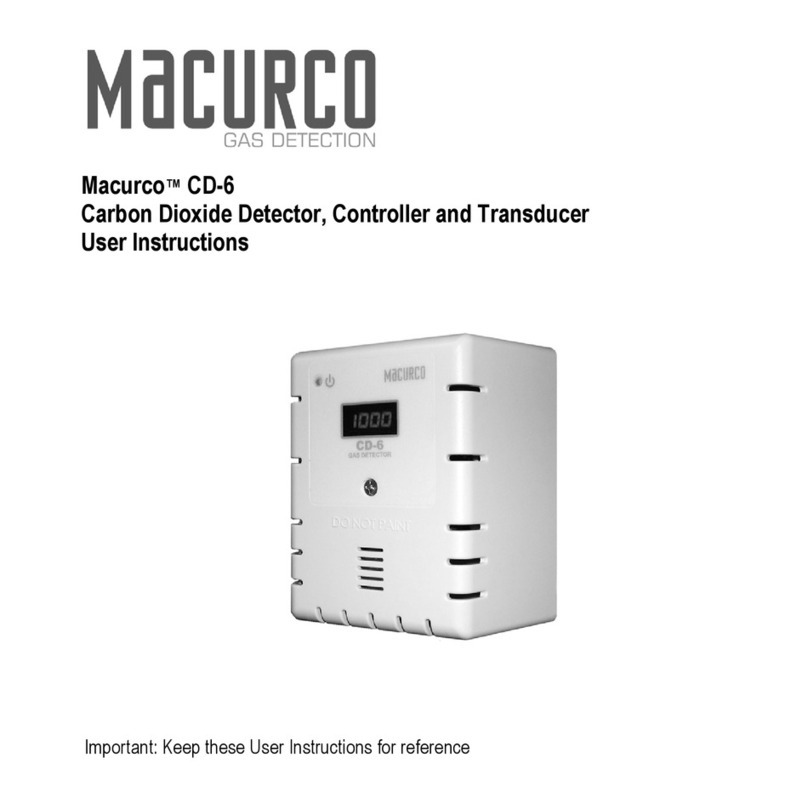
Macurco
Macurco CD-6 Installation instructions
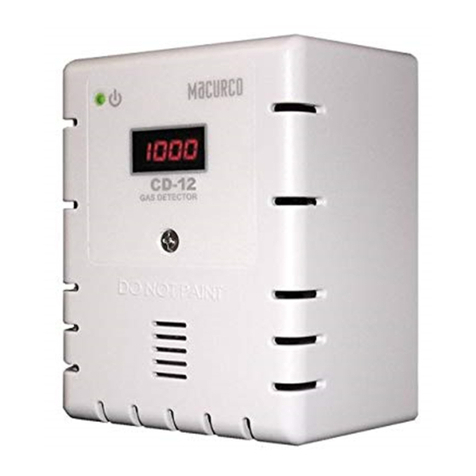
Macurco
Macurco CD-12 User manual
Popular Security Sensor manuals by other brands

Shinko
Shinko SE2EA-1-0-0 instruction manual

Det-Tronics
Det-Tronics X Series instructions

ACR Electronics
ACR Electronics COBHAM RCL-300A Product support manual

TOOLCRAFT
TOOLCRAFT 1712612 operating instructions

Elkron
Elkron IM600 Installation, programming and functions manual

Bosch
Bosch WEU PDO 6 Original instructions

